Conteúdo
- 1 Introduction: First Steps to Learning with STEM Toys for 2-3-Year-Olds
- 2 Playful Learning: Uncovering the Basics of STEM Toys for Young Learners
- 3 Cognitive Kaleidoscope: Exploring the Developmental Benefits of STEM Toys
- 4 The Color of Learning: Making Education Fun with STEM Toys
- 5 The Parent-Child Bond: Interactive Learning with STEM Toys
- 6 Safety First: Choosing Safe STEM Toys for 2-3 Year Olds
- 7 Making Smart Choices: Selecting the Right STEM Toys
- 8 Beyond the Toy Box: Encouraging Continued Learning
- 9 Conclusão: O caminho a seguir com os brinquedos STEM
- 10 Perguntas frequentes: Navegar no mundo dos brinquedos STEM para crianças de 2-3 anos
Introduction: First Steps to Learning with STEM Toys for 2-3-Year-Olds
Embark on a journey into STEM toys specifically designed to captivate and cultivate the minds of 2-3-year-olds. At this pivotal stage of development, every interaction is an opportunity for growth and learning. STEM toys encompassing elements of Science, Technology, Engineering, and Mathematics are more than mere playthings; they are vital tools that foster young learners’ early cognitive development and curiosity.
These early years are crucial for setting a foundation for lifelong learning. STEM toys are expertly crafted to engage young children in a way that is both enjoyable and educational. They are tailored to the developmental needs of toddlers, combining play with purpose. These toys open up possibilities, from colorful blocos de construção that enhance spatial understanding to interactive puzzles that challenge problem-solving skills and engaging books that blend storytelling with learning.
As we navigate the diverse range of STEM toys available for this age group, we’ll discover how each type uniquely contributes to a child’s development. We’ll see how they keep little ones engaged and encourage them to explore the world around them, laying the groundwork for a lifetime of curiosity and learning. Let’s explore how these toys pave the path for early cognitive growth, making learning a delightful adventure for every young mind.
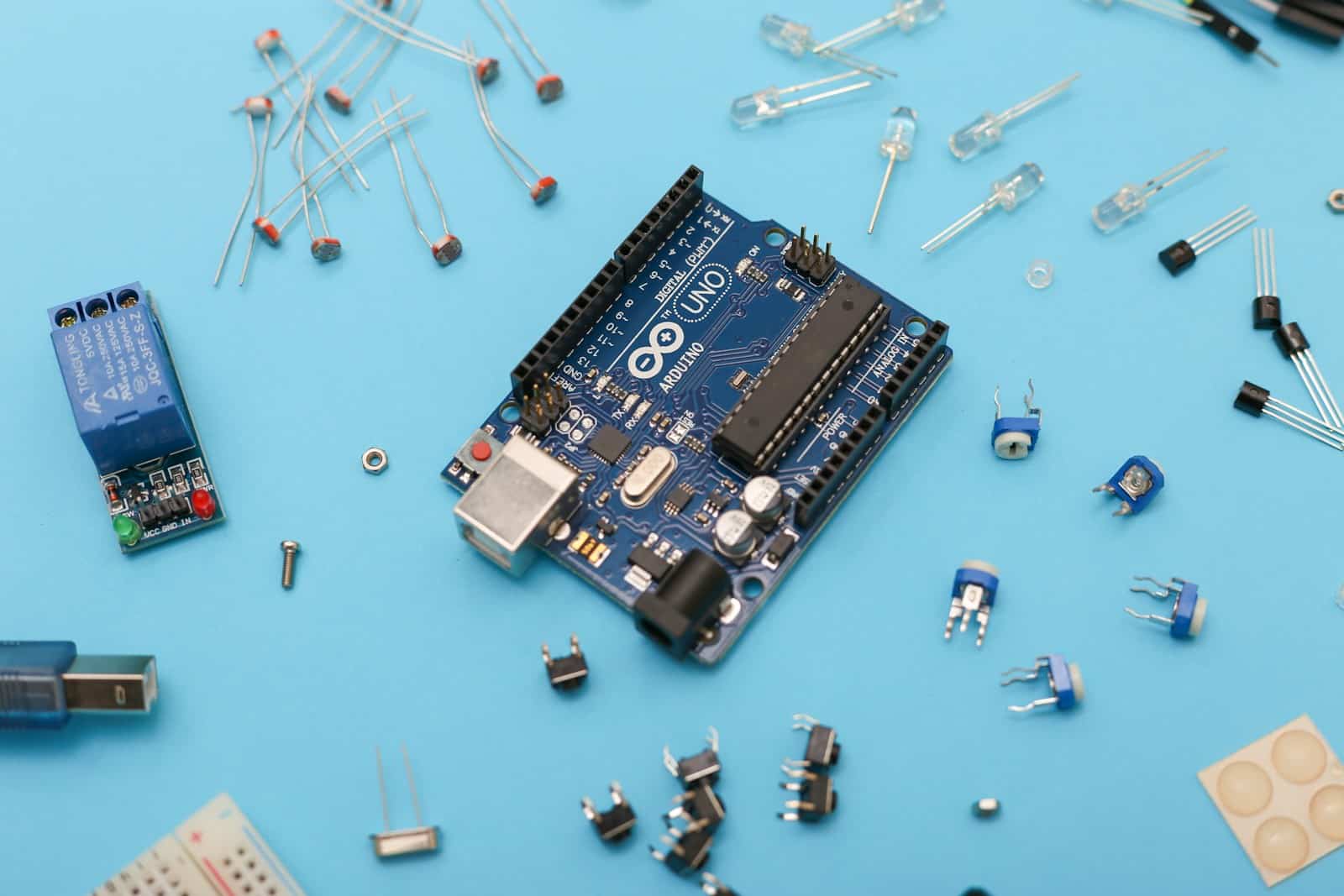
Playful Learning: Uncovering the Basics of STEM Toys for Young Learners
Age-Appropriate Design
- Tailored for Tiny Hands: Discuss how STEM toys for this age group are designed specifically for young children. Focus on features like size, simplicity, and tactile elements that cater to the developmental needs of 2-3-year-olds, ensuring that these toys are safe and accessible for small hands.
- Stimulating Development: Explore how the design of these toys supports critical developmental milestones in early childhood. Emphasize how they engage sensory perception, fine motor skills, and basic cognitive processes, which are crucial at this stage of development.
Categories of Toys
- Variety in Learning Tools: Delve into the types of STEM toys available for this age group, such as blocos de construção, puzzles, and interactive books. Each category offers unique benefits and learning opportunities, from spatial reasoning to early problem-solving and language development.
- Integrating Fun with Education: Highlight how these brinquedos blend educational objectives with playful elements. Bright colors, engaging textures, and interactive features make learning enjoyable, encouraging toddlers to explore and engage with these toys repeatedly.
This section aims to showcase the thoughtful design and variety of STEM toys tailored for 2-3-year-olds. These toys are not just about entertaining young children; they are carefully crafted to stimulate learning and development in a fun and engaging way. By understanding the basics of these toys, parents and educators can better appreciate their role in fostering early cognitive growth and development.
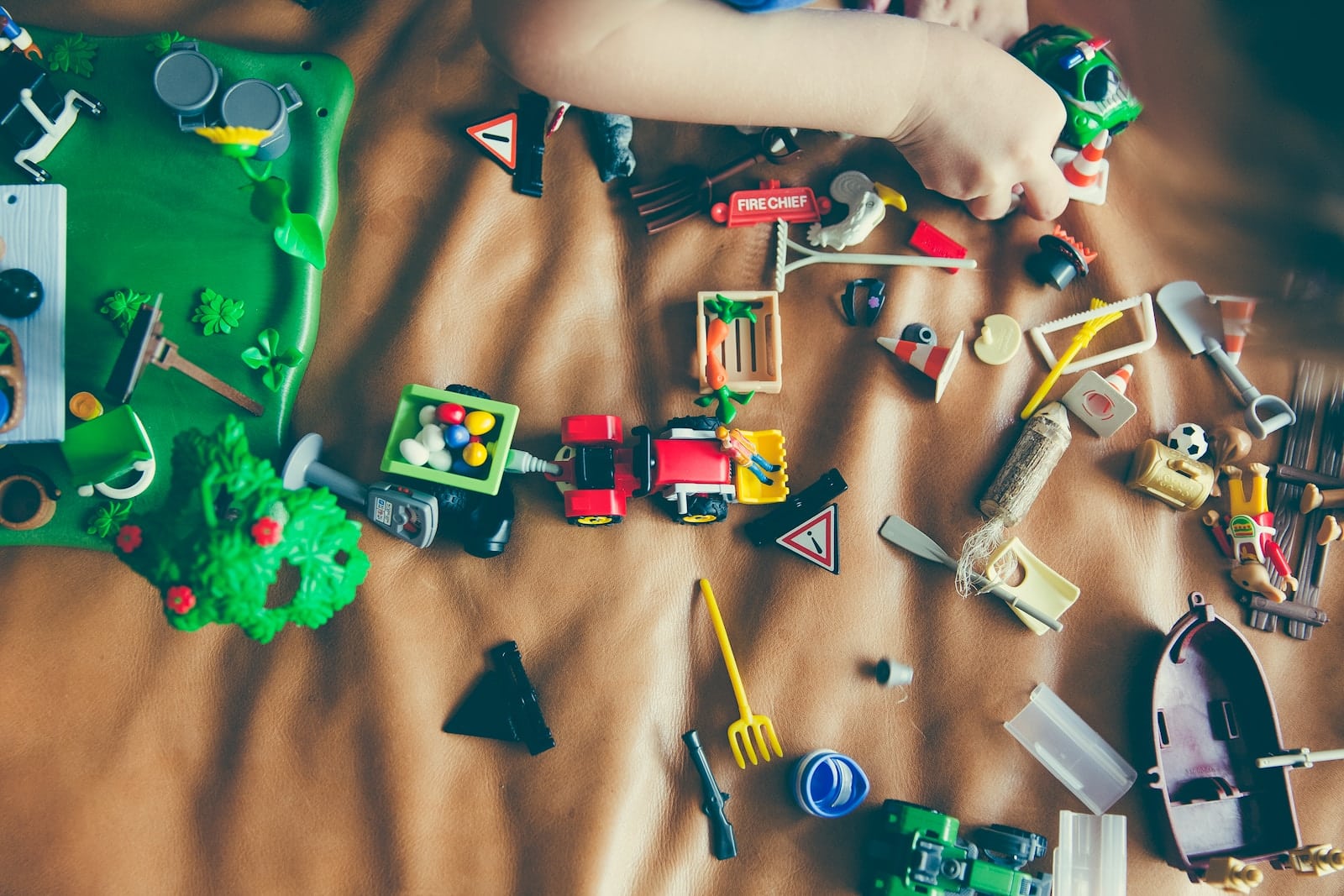
Cognitive Kaleidoscope: Exploring the Developmental Benefits of STEM Toys
Fostering Curiosity
- Encouraging Exploration: Emphasize how STEM toys spark curiosity in young minds. These toys often present open-ended challenges or scenarios, encouraging children to explore, experiment, and ask questions, which are fundamental to cognitive development.
- Inspiring Imagination: Discuss how playing with STEM toys can stimulate imaginative thinking. Whether building a structure from blocks or solving a puzzle, these activities encourage children to envision possibilities and create their own stories and solutions.
Enhancing Motor Skills
- Fine and Gross Motor Development: Highlight STEM toys’ role in developing fine and gross motor skills. For example, manipulating small pieces of a building set helps hone fine motor skills, while more significant, interactive toys can improve gross motor abilities.
- Coordination and Dexterity: Explain how these toys help develop hand-eye coordination and dexterity. Activities like stacking, sorting, and assembling pieces require precise movements, which are essential for the physical development of 2-3-year-olds.
In this part of the discussion, we focus on STEM toys’ cognitive and motor skill benefits. These toys are vital in nurturing curiosity and imagination while aiding in young children’s physical development. By engaging with these toys, toddlers enjoy playtime and develop essential skills that form the foundation for future learning and growth.
The Color of Learning: Making Education Fun with STEM Toys
Learning Through Colors and Shapes
- Engaging Young Minds: Detail how the use of vibrant colors and diverse shapes in STEM toys captures the attention of young children. This visual and tactile appeal is crucial in maintaining their interest and enhancing their learning experience.
- Conceptual Understanding: Discuss how these elements are not just for engagement but also play a critical role in teaching basic concepts. Color and shape recognition, for instance, are fundamental skills that form the building blocks for more complex learning.
Real-Life Examples of Success
- Success Stories in Learning: Share anecdotes or case studies demonstrating how specific STEM toys have positively impacted the learning journey of young children. This could include examples of children who have shown remarkable progress in areas like language development, cognitive skills, or creative problem-solving after engaging with these toys.
- Parent and Educator Observations: Incorporate observations and feedback from parents and educators on the effectiveness of these toys in making learning enjoyable and impactful for children in this age group.
This section emphasizes how STEM toys turn education into a fun and engaging activity for 2-3-year-olds. By integrating learning with play, these toys provide an enjoyable platform for young children to begin their educational journey, laying a solid foundation for their future academic and personal growth.
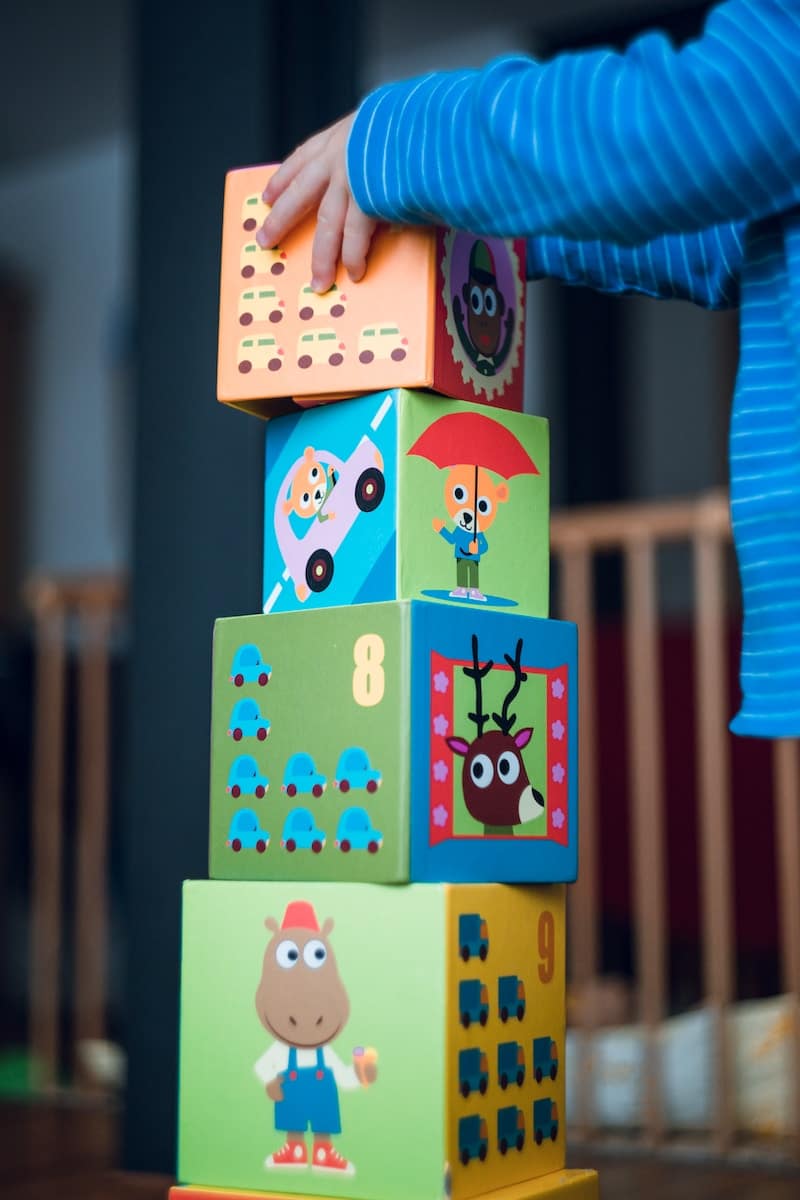
The Parent-Child Bond: Interactive Learning with STEM Toys
Engaging Together
- Shared Play Experiences: Explore the role of STEM toys in creating shared experiences between parents and children. These toys often encourage collaboration, allowing for meaningful parent-child interaction during playtime.
- Guided Learning Opportunities: Delve into how parents can use these brinquedos as tools for guided learning. Simple activities like building a structure or solving a puzzle can be fun for parents to introduce basic concepts and observe their child’s learning style.
Building a Love for Learning
- Early Impressions of Education: Highlight how positive experiences with STEM toys can foster a child’s love for learning from a young age. These early impressions can shape their attitude toward education and curiosity.
- Strengthening Bonds Through Learning: Discuss how working together on STEM toy projects can enhance the bond between parent and child. It creates an environment of trust and mutual enjoyment, critical to a child’s emotional and social development.
As we consider the impact of STEM toys on the parent-child relationship, it’s clear that these interactive learning experiences extend beyond cognitive development. They are avenues for nurturing a child’s love for learning while strengthening family bonds creating a supportive and enriching environment for early childhood development.
Safety First: Choosing Safe STEM Toys for 2-3 Year Olds
Safety Guidelines
- Prioritizing Safety Features: Discuss the importance of choosing STEM toys with safety features suited for 2-3-year-olds. This includes non-toxic materials, durable construction, and designs that avoid choking hazards. Emphasize the necessity of adhering to safety standards in toy manufacturing.
- Parental Vigilance: Provide tips for parents on regularly inspecting toys for wear and tear or small, detachable parts that could pose risks. Suggest ways to teach children safe play habits from an early age.
Recognizing Quality
- Quality Over Quantity: Advocate for selecting high-quality STEM toys that ensure safety and provide a more engaging and lasting educational experience. Explain how investing in fewer, better-quality toys can be more beneficial in the long run.
- Identifying Reputable Brands: Offer guidance on identifying reputable brands and products. Encourage parents to research and choose companies known for their commitment to safety and educational value in their STEM toys for young children.
Ensuring the safety of STEM toys is crucial, especially for the 2-3 year age group. As we navigate the various options available, it’s essential to be mindful of the safety and quality of these educational tools. Parents play a crucial role in choosing suitable toys and maintaining a safe play environment, contributing to their children’s overall well-being and developmental growth.

Making Smart Choices: Selecting the Right STEM Toys
Seleção adequada à idade
- Aligning Toys with Developmental Stages: Emphasize the importance of choosing appropriate STEM toys for the child’s developmental stage. Discuss how toys that match their current abilities can benefit most, offering the right balance of challenge and achievability.
- Growth and Adaptability: Consider toys that can adapt to the child’s growing skills. Look for toys that offer different levels of complexity or can be used in various ways as the child’s abilities and interests evolve.
Budget-Friendly Options
- Value for Money: Highlight how choosing STEM toys doesn’t have to break the bank. Offer tips for finding quality toys that provide educational value without a high price tag. Suggest ways to identify toys that offer versatile, long-term play value.
- Prioritizing Key Features: Advice on focusing on key features that promote learning and safety over flashy, high-tech add-ons. Sometimes, simpler toys provide richer learning experiences and encourage more imaginative play.
In selecting suitable STEM toys for young children, it’s essential to consider factors like age appropriateness, developmental benefits, and budget. While the market offers many options, the best choices align well with the child’s current developmental stage and stimulate growth and learning. By making intelligent choices, parents and educators can provide children with tools that entertain and contribute significantly to their early development.

Beyond the Toy Box: Encouraging Continued Learning
Extending Learning
- Integrating Play with Daily Activities: Suggest ways for parents and educators to extend the learning opportunities provided by STEM toys into everyday activities. For example, simple counting games during meal times or identifying shapes and colors in nature during walks can reinforce concepts learned through play.
- Creative Play Beyond the Instructions: Encourage caregivers to inspire children to use STEM toys in innovative ways that go beyond the prescribed instructions. This fosters imagination and allows the child to explore new possibilities and scenarios, deepening their understanding and enjoyment.
Resources for Parents
- Supportive Materials and Guides: Highlight the availability of resources that can help parents and educators make the most of STEM toys. This might include online tutorials, activity guides, or books offering educational play ideas.
- Comunidade e apoio em linha: Discuta as vantagens de aderir a grupos de pais ou comunidades em linha centradas na educação da primeira infância. Estas plataformas podem fornecer apoio, ideias e experiências partilhadas, melhorando o percurso de aprendizagem.
Ao expandir a utilização e os benefícios dos brinquedos STEM, é crucial olhar para além do jogo estruturado. Ao integrar oportunidades de aprendizagem na vida quotidiana e ao encorajar a exploração criativa, estes brinquedos tornam-se mais do que meros brinquedos; tornam-se fundamentais para o desenvolvimento da criança. Os pais e educadores são essenciais neste processo, fornecendo orientação, recursos e encorajamento para explorar e aprender.
Conclusão: O caminho a seguir com os brinquedos STEM
Ao reflectirmos sobre o mundo dos brinquedos STEM para crianças de 2-3 anos, torna-se evidente a importância destas ferramentas de aprendizagem precoce na formação das mentes jovens. Estes brinquedos não são apenas para brincar; são blocos de construção fundamentais no percurso de desenvolvimento de uma criança, combinando diversão com valor educativo.
Reflexão sobre os impactos da aprendizagem precoce
- Fundação para a aprendizagem futura: Reconhecer como os brinquedos STEM estabelecem uma base sólida para futuros empreendimentos educativos. Introduzem de forma lúdica conceitos básicos STEM, tornando as experiências de aprendizagem precoce agradáveis e impactantes.
- Melhorar os marcos de desenvolvimento: Reiterar o papel destes brinquedos na melhoria das etapas críticas do desenvolvimento, incluindo o crescimento cognitivo, as capacidades motoras e a capacidade de resolução de problemas, que são cruciais nos primeiros anos de vida de uma criança.
Incentivar a exploração e a descoberta
- Um apelo à ação para pais e educadores: Incentive os prestadores de cuidados a envolverem-se ativamente com as crianças através destes brinquedos. Sugira-lhes que escolham brinquedos que divertem e educamA aprendizagem é uma atividade que pode durar toda a vida.
- Aprendizagem e exploração contínuas: Exortar os pais e educadores a continuarem a explorar o vasto e evolutivo mundo dos brinquedos STEM. À medida que a tecnologia avança, o mesmo acontece com as oportunidades de aprendizagem e descoberta através da brincadeira.
Em conclusão, a viagem pelo mundo dos brinquedos STEM para jovens aprendentes é apenas o início de uma aventura de aprendizagem e exploração ao longo da vida. Ao selecionar cuidadosamente estes brinquedos e ao interagir com eles, os pais e educadores podem dar às crianças uma vantagem inicial no seu percurso educativo, colocando-as num caminho de curiosidade, criatividade e um profundo amor pela aprendizagem.
Quais são os principais factores a considerar na escolha de brinquedos STEM para crianças de 2-3 anos?
- Adequação à idade: Salientar a importância de selecionar brinquedos que correspondam à fase de desenvolvimento da criança, centrando-se na segurança e na capacidade de agarrar e interagir com o brinquedo.
- Valor educativo: Discuta a necessidade de escolher brinquedos que ofereçam benefícios educativos, como o desenvolvimento de capacidades motoras finas, capacidades de resolução de problemas e conceitos básicos STEM.
Como é que os brinquedos STEM se relacionam com os princípios da educação na primeira infância?
- Aprendizagem complementar: Explicar como estes brinquedos complementam a educação pré-escolar, proporcionando experiências práticas que reforçam os conceitos de aprendizagem normalmente introduzidos em contextos de educação pré-escolar.
- Desenvolvimento holístico: Destacar a forma como os brinquedos STEM apoiam o desenvolvimento da criança, incluindo o crescimento cognitivo, físico e emocional.
Quais são algumas marcas respeitáveis que oferecem brinquedos STEM para este grupo etário?
- Marcas reconhecidas: Sugerimos que procure marcas com uma forte reputação de qualidade e segurança em brinquedos educativos. Mencionar a importância de pesquisar e escolher produtos conhecidos pelo seu valor académico e de desenvolvimento.
- Produtos inovadores e seguros: Conselhos sobre a seleção de marcas que inovam de forma consistente, mantendo elevados padrões de segurança, garantindo que os brinquedos são cativantes e adequados para crianças pequenas.
Como é que os pais e educadores podem garantir uma experiência de jogo segura e enriquecedora?
- Brincadeiras supervisionadas: Sublinhar a importância da supervisão de um adulto durante o jogo para garantir a segurança e orientar a experiência de aprendizagem.
- Criar um ambiente seguro: Discutir a necessidade de um ambiente de jogo seguro, livre de perigos, onde as crianças possam explorar e aprender com os seus brinquedos STEM.
Existem comunidades ou plataformas em linha para partilhar experiências e recomendações sobre brinquedos STEM para jovens estudantes?
- Envolvimento da comunidade: Discuta as vantagens de aderir a comunidades ou fóruns em linha onde pais e educadores partilham experiências, conselhos e recomendações sobre brinquedos STEM.
- Partilha de recursos: Incentivar plataformas em linha que ofereçam análises, recursos educativos e ideias para maximizar os benefícios dos brinquedos STEM na aprendizagem na primeira infância.

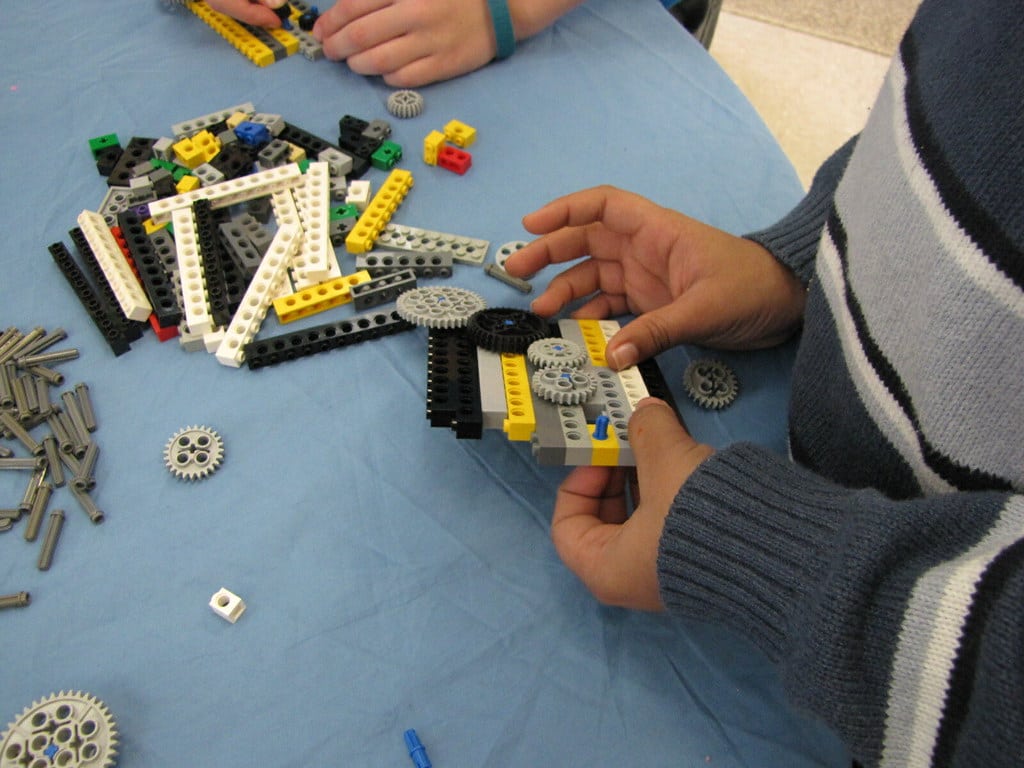
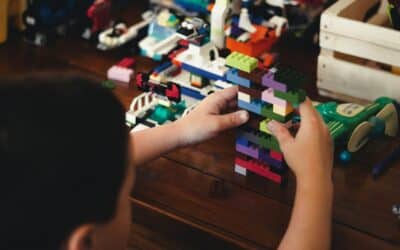
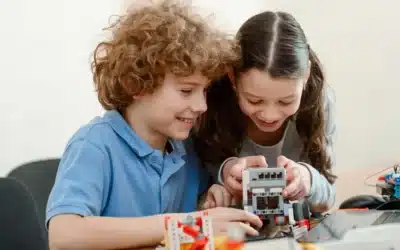

0 Comentários